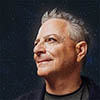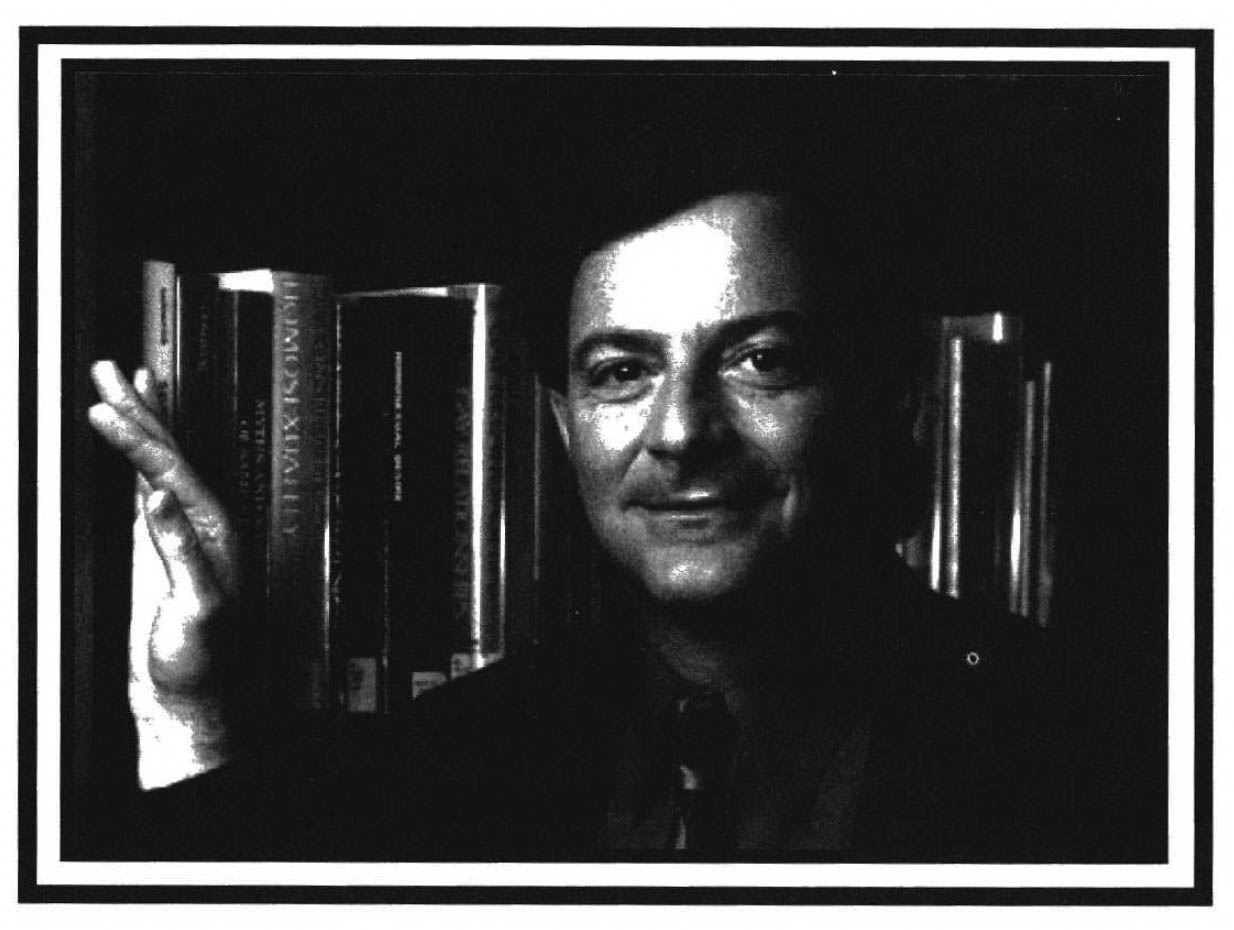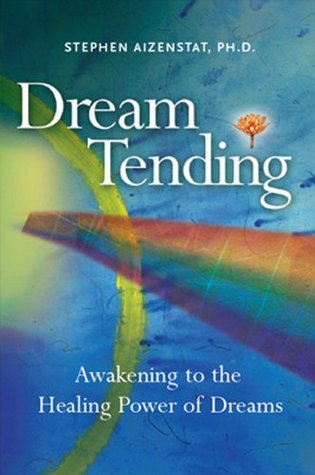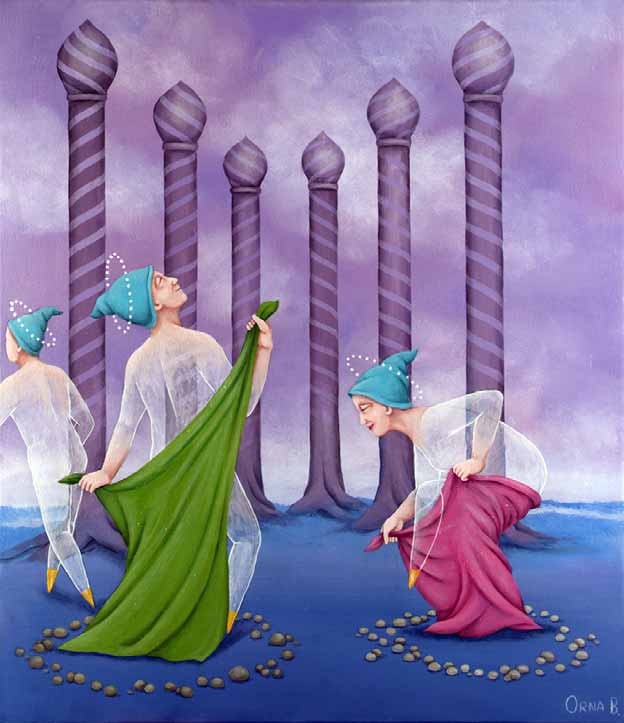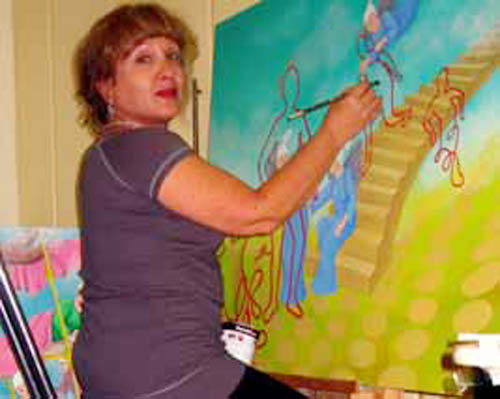
DreamTending is a method of working with dreams that considers dream images as “living images”. It makes the particularity and presence of these images available to the dreamer. The wisdom of ancestral callings, the instinctual knowledge of animal visitations, the musings of the soul are attended to from a psychecentered, rather than personcentered, perspective. The “intelligence” of the dream is listened to from the inside out.
To “tend” a dream is not just to interpret or analyze it. The figures and landscapes of dreams are experienced as alive and moving about with a certain degree of autonomy. In a very practical and accessible way, the craft of DreamTending offers the possibility of listening deeply to the voices of the dream images themselves as they come forward to offer their insights and perspectives.
DreamTending appreciates that dreams carry an inner knowing, an innate sensibility and an element of potency that affords each of us the capacity to open to the depths of our own experience. When we tend a dream, images come “awake”, imagination is animated and we participate in life more fully rooted in the way of the dream.
DreamTending orients around four essential ideas.
The Dreaming Psyche is Multidimensional
The notion of a multidimensional psyche in relation to dreams is not a new one. DreamTending views the images of dreams as the symbolic and metaphoric language of a multidimensional psyche. In Western psychology, we understand the nature of the dreaming psyche as existing primarily in three “dimensions” of experience:
Awake Circumstances, or the Awake Consciousness;
Personal Development, or the Personal Unconscious; and
a trans-cultural sensibility, or the Collective Unconscious.
Reaching back to indigenous traditions, we can add a fourth dimension: an ecological consciousness, or the World Unconscious.
The first dimension, Awake Consciousness, refers to every day waking experience. Dream images are tended in relation to the experiences and circumstances of daily life.
At the second level, the Personal Unconscious, dream images are viewed as representing stored memories that present themselves when something current re-stimulates an historical association. Dream images are tended in relation to our personal past.
At the third level, the Collective Unconscious, dream images are tended in relation to their wider cultural implications. Rather than memories, the Collective Unconscious contains archetypal images that have core meanings relevant to all of humankind— regardless of culture, ethnic identity, or historical age. For example, “home” has a universal sensibility. Everywhere in the world, people have a sense of home, just as they share a collective sense of “journey” or “flight.” These trans-cultural themes often display themselves as archetypal images in dreams.
The fourth dimension, the World Unconscious, goes beyond human experience to appreciate that the psyche lives not only inside of the human, but that the human lives inside of the psyche.
In DreamTending, all the phenomena of the world (humans, creatures, buildings) are experienced as having psychic interiority. Dream images are not representations of our personal natures only, but are also informed by the subjective inner natures of the things and creatures out there in the world. When viewed from the perspective of the World Unconscious, the image originates in and of the world.
Dreams Are Alive
The second orienting idea of DreamTending is the notion that dreams are alive.
This principle is the heartbeat of DreamTending.
When we write dreams down in dream journals, they become static entities. Often, the dreamer brings these narratives to the therapist’s office for interpretation or analysis. The actuality of the dream itself, of course, is not static.
Images interact; images are alive; they are moving about in the dreamscape, coming into relationship with each other, changing one another. The images and figures of the dream come with body, breath, and pulse. They are living entities in the actuality of the dream time.
In the practice of DreamTending, we operate from the point of view that neither the dreamer nor the dream tender necessarily knows all that the dream means. The dream itself participates in the unfolding and understanding of its message. Experiencing dream images as alive, with body, allows the intelligence that is inherent to the living image to become known.
Everything Dreams
The third orienting idea of DreamTending is the notion that everything is dreaming. People are dreaming, rocks are dreaming, mountains are dreaming. It is the idea that the world itself is always dreaming—that all things, phenomena and creatures have a subjective interiority and appear as images in dream.
From this perspective we are inside the dream, as opposed to the dream being imagined as only inside of us. That’s why it’s peculiar to wake in the morning and say, “Last night I had a dream.” Upon closer inspection, we see that the “I” we’re talking about is often pictured in the dream. We have to wonder, “If I’m in that dream, who is actually having the dream?”
Dream Tending is very interested in the question of “who is having the dream.” That “who” may be part of our personal experience. It might be a reflection of the Collective Unconscious, drawn from the mythological themes that have been present throughout human history. And, at times, the “who” that visits in a dream may originate in the creatures and things of the world.
DreamTending offers the skills and tools needed to hear the voices of the others who inhabit this planet and have influence on our lives. Ocean may be dreaming now, wolf dreaming, mountain appearing as image with voice. In an animated world, everything is dreaming.
Dreams Happen Now
The fourth orienting idea of DreamTending is the notion that dreams happen now. That is to say that dreams exist in the immediacy of our experience.
Dream images are like a poem or a painting that ask us to hear or see differently. The images themselves are present as live figures, and they ask us to meet them in an open and receptive mode in the present time.
Dreams happen now.
When DreamTending, we move into the “real time” of the dream itself. Bringing a “witnessing presence” to dreams in the immediacy of our experience opens a deeper sense of Being.
Images that are experienced in the immediacy of the dream are deeply felt and anchored in a sense of mindfulness, a sense of being immediately present in the here and now. ∞
Dr. Stephen Aizenstat is the founding president of Pacifica Graduate Institute, a core faculty member of the institute, and a clinical psychologist. His original research centers on a psychodynamic process of “tending the living image,” particularly in the context of dreamwork. He has conducted dreamwork seminars for over 20 years throughout the United States, Europe and Asia.

